While Plantagos are clearly seasonal in colder climates our native North American plantain, Plantago virginica, surprisingly has seasonal preferences here in Florida. We are about mid-season for the species that only vaguely resembles its more famous European relative, Plantago major. I have not seen any natives this season reach seeding stage but they will in a few weeks. The majors are seeding or already have. Plantago virginica is now small to mid-side, or raw to pot-herb size if one thinks food. Older they are like other Plantagos, the more bitter and astringent they become. We have eight species of Plantagos locally if one counts native and non-natives together. A particulary distinctive one is the Strap or English Plantain, Plantago lanceolata. Though P. virginica has a hairy texture raw it yields readily when cooked and is a soft pleasant green. To read more about the Plantagos go here.
Some more changes are in the works for the newsletter. Recently reworked was the subscription policy. The next major step is below, adding articles from writers in other areas of the country and the world covering their edible wild plants. While that means less writing and more editing for me I think the change will help a greater readership of foragers. In keeping with that change the following article was written by Heather Pier who lives in California but also has foraging knowledge about such areas as Montana… not a small place. Next week will be the first part of an article by Dewayne Allday on getting up the courage to forage particularly for mushrooms.
Chickweed, by Heather Pier
After spending so many years living in Montana, becoming a semi-exile in California has been painful in many ways. The traffic, the crime, the air quality, combined with the lack of a white Christmas, has me thinking that shoveling a bit of snow wasn’t so bad. ??OK, let’s not take this bit of homesickness too far.
One of the things that I have become quite fond of in California is the opportunity to gather spring greens almost year round here. While many in my family who are still stuck in the snowy mountains of Montana are eating canned vegetables, I’m out picking wild green things. Granted, home-canned veggies are no comparison to those cans you get at the grocery store … but still, they’re just not fresh. They don’t have the same texture, the same smell and certainly not the same taste.
Today, I had a bit of cabin fever and was rattling about in the woods that are just outside my door. I came across a beautiful chickweed bed (Stellaria media), soft and bright green, inviting me to sit for a while. It’s not blooming quite yet, but the growth was luxuriant and perfect for greens. ?It also makes a lovely spring tonic, a fabulous treatment for conjunctivitis (although I still prefer chamomile) and has a number of anti-inflammatory properties. Some folks say it makes a good bug repellent, but I’ve not had much success with that. Oh, and my chickens love it. ??I am not partial to any sort of ‘boiled green’. I think it’s a texture thing. So I’ll almost always use greens raw. Another option for me is to disguise cooked greens in something else, to hide the soft texture.
Chickweed is a powerhouse of vitamins but the levels (and flavor) drop drastically when dried. Chickweed is one of those herbs to use and enjoy fresh.?? I also use chickweed in several salves. Two of the compounds found in it are Genistein and Gamma-linolenic-acid. Genistein works as an antioxident to help counteract the effects of free radicals in tissues. It also protects against pro-inflammatory factor-induced vascular endothelial barrier dysfunction and inhibits leukocyte-endothelium interaction, thereby modulating vascular inflammation. GLA is also has anti-inflammatory properties lacking some of the common side of other anti-inflammatories. Are your eyes glazed over yet? Just remember that it’s a cooling, soothing herb, good for sore muscles and itchy skin.? Many of my friends are hesitant to try wild foods. The trick to start using chickweed is to substitute the leaves into dishes that call for domestic greens, such as spinach. After you get a feel for the flavor and how it behaves in recipes, you can branch out. The recipes that I’ve included here usually surprise wild food virgins.
??Chickweed Pesto??
In a blender or food processor, blend to a smooth paste: 2 cloves of garlic, 1/2 cup of pine nuts, walnuts or whatever nut you like, 2 packed cups fresh chickweed, 1 cup basil (optional) 1/2 cup parsley, 1/2 cup olive oil, 1 cup grated Parmesan cheese and salt to taste. Serve over hot pasta or your favorite startchy ‘stuff.’
Chickweed Dip
1 large clove garlic, ?1/2 cup chopped green onions, ?1 cup blanched chickweed, ?1 cup sour cream, ?1/2 mayonnaise, ?1/2 teaspoon dried thyme leaves, ?1 teaspoon Worcestershire sauce , ?1 dash hot pepper sauce or more to taste, ?salt and pepper to taste, ?paprika. ??Directions: ??Finely mince the garlic and scallions. Combine the remaining ingredients, except the paprika. (A food processor is great for this.) Refrigerate for 12 hours to let flavors blend. Before sprinkle with paprika. Serve with bread, crackers or chips. Easy-peasey.
Botany Builder #33: This issue’s word is “aril” (less often arillus) which is an appendage to a seed, often pulpy, brightly colored, and edible. Stickly speaking there are three kinds of arils (said AIR-rils or AIR-ree-uls.) One is an outgrowth of the seed, another the fruit wall. A third is from the pedicel, which is the stem attached to the seed. The edible aril of the Podocarpus macrophyllus is a pedicel aril. Colorful arils attact wildlife which then disperse the seeds. It’s their reward for spreading the seeds around.
Perhaps the most commonly used aril is mace, which is made from the nutmeg aril. The word itself is from the Dead Latin. Armilla or armillatus means an ornamental bracelet. It lends itself to a local mushroom called Armillaria tabescens, or Ringless Honey Mushroom, which doesn’t look anything like a bracelet at all. But it does grow in a tight cluster which could be thought of as ornate. The most commonly eaten aril is from the cashew which can also be made into a juice. It does not travel well so is rarely seen outside of where it grows. Also note the cashew’s shell is toxic and related to poison ivy.
How safe is foraging? Excluding mushroom hunters, plant foragers have a good track record of staying alive. Plant foragers have about one accidental death every 20 years, and usually that’s from eating some member of the poison hemlock crowd. That should be a word to the wise. Locally, the family representataive is the water hemlock and it grows exactly where watercress grows. When I collect watercress I look at every piece before I take it or cook it, every single piece. Actually, there are several deadly local plants: Water hemlock, the Yew, Oleander, Castor Beans, and the Rosary Pea, the most toxic seed on earth. I have been asked to do a video on toxic plants but I am afraid some less-than-attentive person will not understand what the video is about and eat the wrong plant.
Most plant poisonings involve toddlers eating from the landscaping around their home, with the next highest incidence is toddlers eating the landscaping from their neighbor’s yard. Why we fill our yards with toxic plants rather than edible landscaping is beyond me. Excluding suicides, adult poisonings are extremely rare. So, don’t be afraid of foraging. Just be careful. Study. Take lessons. Go with a friend. ITEMize! Identification, Time of Year, Environment, Method of Preparation.
A reminder the Florida Herbal Conference 2014 will be in Deland next month. Joanna Helms, RH (AHG), a sixth generation Floridian, will be among the teachers. She has been in clinical herbal practice for 16 years and is the founder of Mama Jo’s Sunshine Herbals in Indian Harbour Beach, Florida. It’s a family run herbal store. And for the third year in a row I will be leading weed walks at the herbal conference, a challenge in winter on dry ground. The walks are usually first thing in the morning when the air is cool, camp fires warm, and the herbal tea hot. Although it is the Florida Herbal Conference it draws teachers and students from all over North America.
To Find a Foraging Instructor near you all you have to do is look on my foraging instructor page. Over 100 teachers are listed there. I think it is the most comprehensive list in the world and is updated regularly. Twice a year I also write to everyone on the list asking if there are any updates. It’s one of my January chores. If there isn’t a foraging teacher near you write to the ones nearest you and ask them if they know of any teachers near you.
Though your foraging may drop off during the winter it’s a great time to study wild edibles with my nine DVD set. Each DVDs has 15 videos for 135 in all. They make a great gift. Order today. Some of these videos are of better quality than my free ones on the Internet. They are the same videos but many people like to have their own copy. I burn and compile the sets myself so if you have any issues I handle them personally. There are no middle foragers. And I’m working on adding a tenth DVD. To learn more about the DVDs or to order them click here.
Upcoming classes:
Saturday, January 11th, Red Bug Slough Preserve, 5200 Beneva Road, Sarasota, FL, 34233, 9 a.m.
Sunday, January 12th, Bayshore Live Oak Park, 23000 Bayshore Rd., Port Charlotte, FL 33980, 9 a.m.
Saturday, January 18th, Mead Garden: 1500 S. Denning Dr., Winter Park, FL 32789, 9 a.m.
Sunday, January 19th, Florida State College, south campus, 11901 Beach Blvd., Jacksonville, FL, 32246, 9 a.m..
Saturday, January 25th, Boulware Springs Park, 3420 SE 15th St. Gainesville, FL 32641, 9 a.m.
Sunday, January 26th, Jervey Gantt Recreation Complex, 2390 SE 36th Ave., Ocala, FL, 34471, 9 a.m.

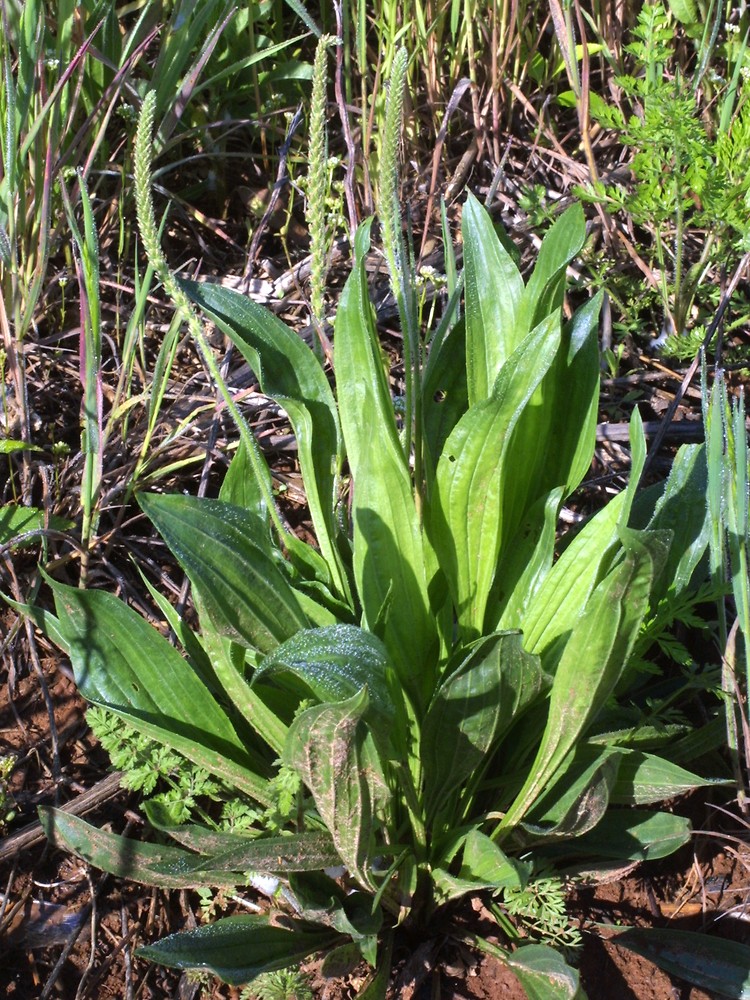
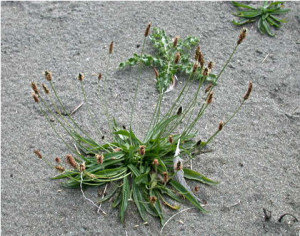

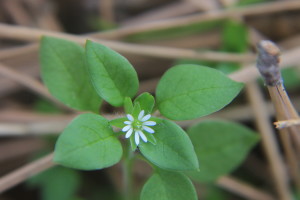
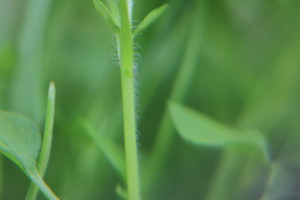
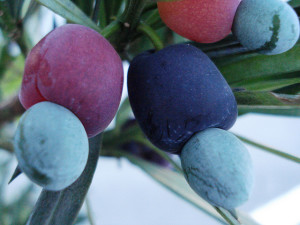
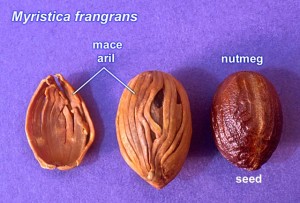





Hey Green Deane,
Thank you for your newletters and information. I appreciate your humor and vast knowledge of the plant kingdom. I’m always excited to read what you have to say!
I had a thought about your mention of doing a video with toxic plants. . ..which would be a great idea and I understand your concern that someone could mistake what you are saying. . .so I thought, maybe, you could have an image (like skull and crossbones) or the words “TOXIC” screened back so it was really, really, really obvious that the plants shouldn’t be eaten. Just a thought. ..
Thanks so much,
Alyx
Interesting idea. Perhaps I can do it for my 150th video.
We are frozen over here for a few days. but as soon as the ice melts and the sun warms the ground again all the wonderful pot herbs will be out again in E.Tenessee. Plantain is a favorite of mine. Common Plantain older and larger leaves are very nice stuffed and made like stuffed cabbage. also a great medicinal plant. I put Plantain on top of my list with the lowly Dandelion, and Chick weed top ten newbie plants to know. Great newsletter and love the idea of contributors from around the Globe . Thanks again Donna
I’m a bit confused to give a systematic name to Plantago virginica. In the Arab world (mainly Sudan, Egypt, Saudi Arabia, Kuwait, and Jordan) the name “ Rubl “ from other various local names fits well “ Plantago virginica “ as it has been described. In most of these countries, the plant – apart of medicinal utility – was used and still being used for grazing camel. Our famous folklore poet –nicknamed Humaida who is familiar with the bedwins camel rearing has thanked God when expressing the suffering of the people from hard living in addition to the hot summer days for creating this plant as a reward releasing such suffering. Another very famous Arab poet ( Komaith ) , back in history, has described how the kind ostrich mother used to make tender the edges of the Plantago to its chicks. Struggle for existence and protection from “enemies “ – I do like that expressive picture “ Some edibles fight back “. Also interesting indeed is the association of the colourful arils to attract wild life and the reward for spreading the seeds and thank you for the info. of Bot. Builder#33 .